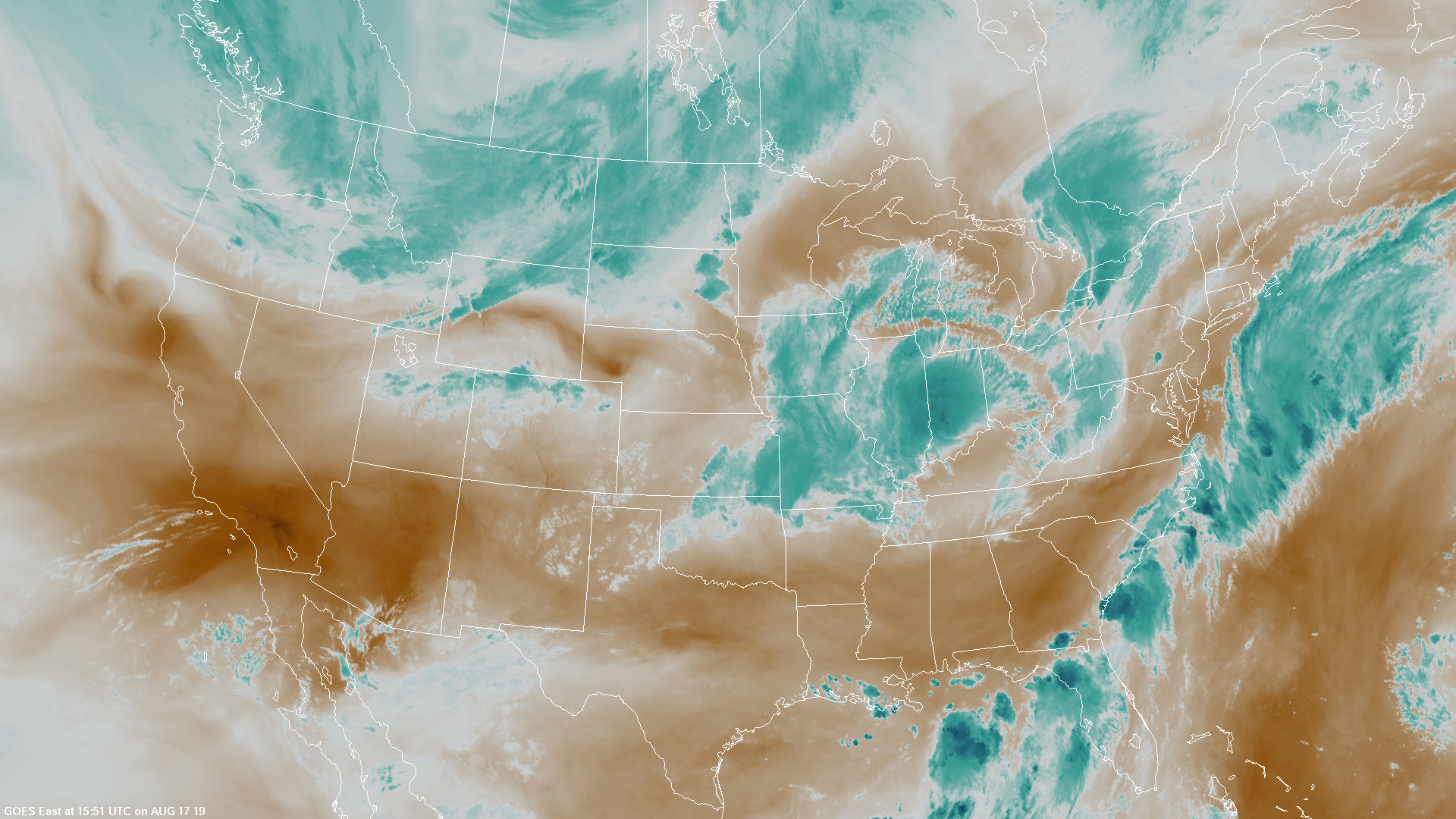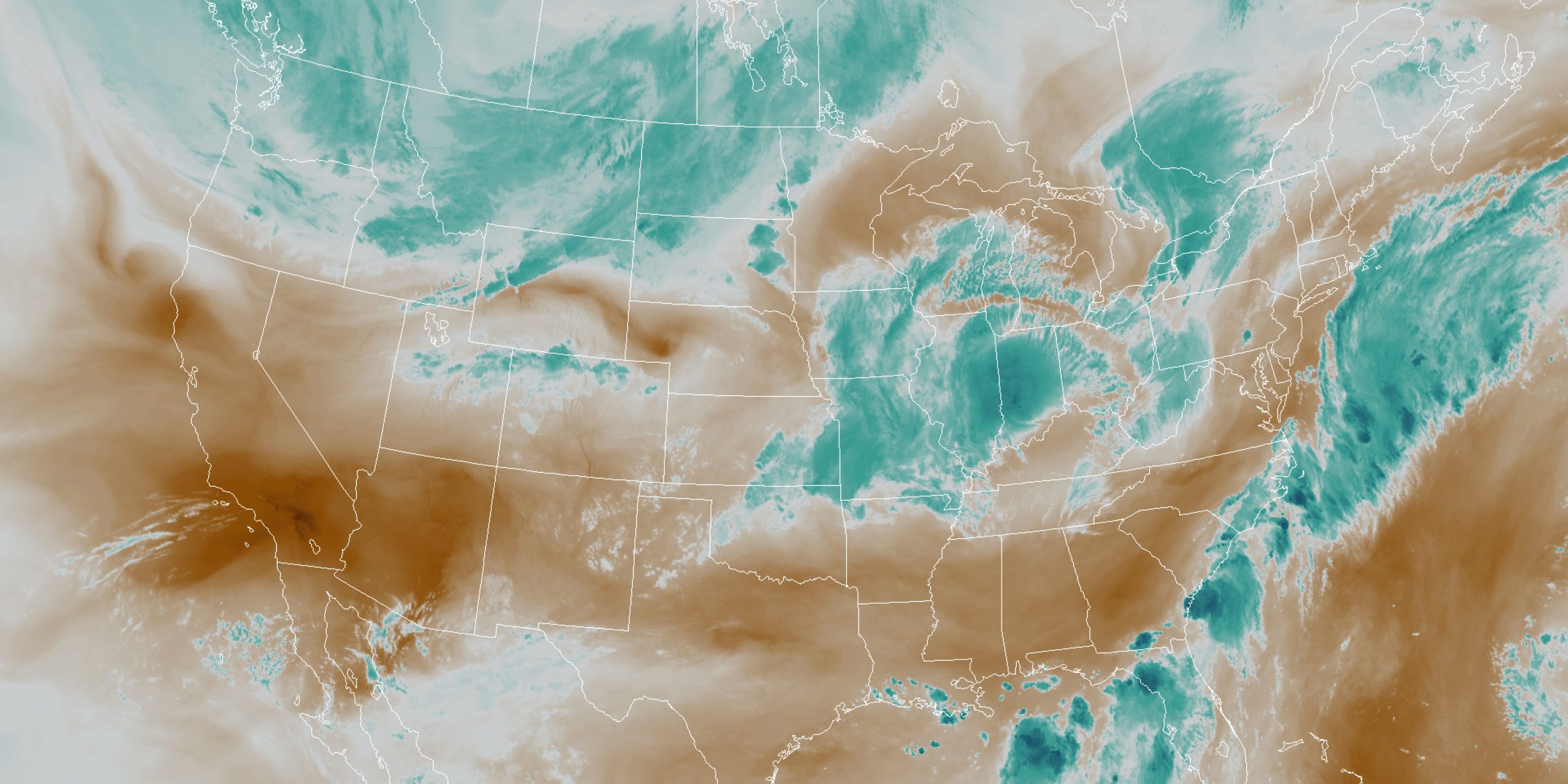

The 2018 State of the Climate, released this week, features important work funded by CPO’s COM Program to develop a long-term water vapor dataset. Atmospheric water vapor is a critical element of the climate system. In addition to its close linkage to clouds and precipitation, it plays key roles in amplification of warming, in the formation and growth of tropical cyclones, and in accelerating the loss of Arctic sea ice. Long-term records are important to monitor and advance our understanding of water vapor-climate feedbacks. However, changes in satellite instrumentation, along with other issues, make it difficult to construct a long-term dataset.
To address these challenges, COM-funded researchers capitalized on the growing archive of satellite microwave measurements and combined these with calibrated and drift-corrected measurements from historical operational sensors. In doing so, they have developed a long-term homogenized dataset of middle and upper tropospheric water vapor radiances and layer-mean humidity products.
Development of data products such as these contribute to climate monitoring. For instance, John et al. used this upper tropospheric relative humidity product for the 2018 State of the Climate Assessment and noted its usefulness for monitoring large-scale dynamics of the atmosphere. In addition, datasets such as these are essential to supporting continuity between historical and next generation records from the Joint Polar Satellite System.
Read more details in the 2018 State of the Climate, Chapter 2, page 28 »










